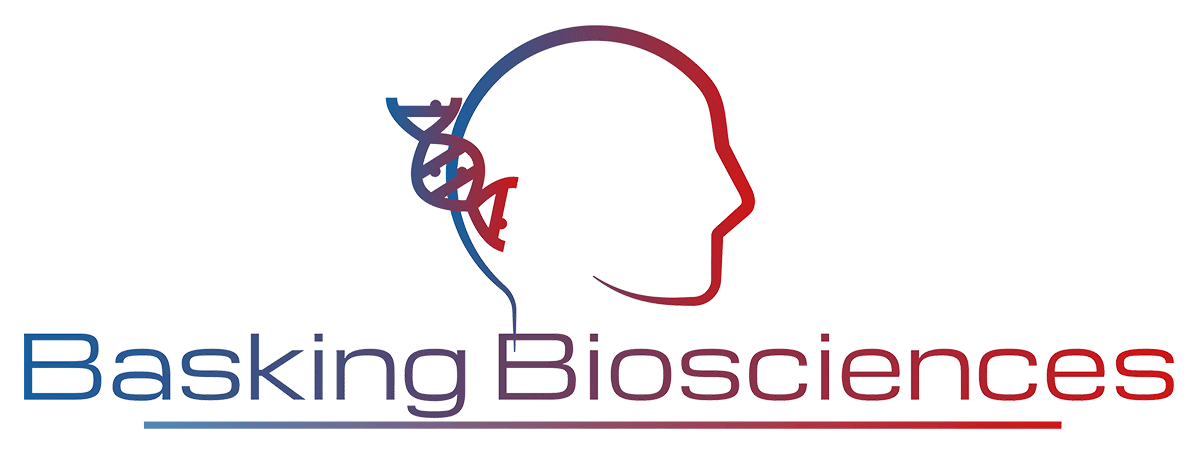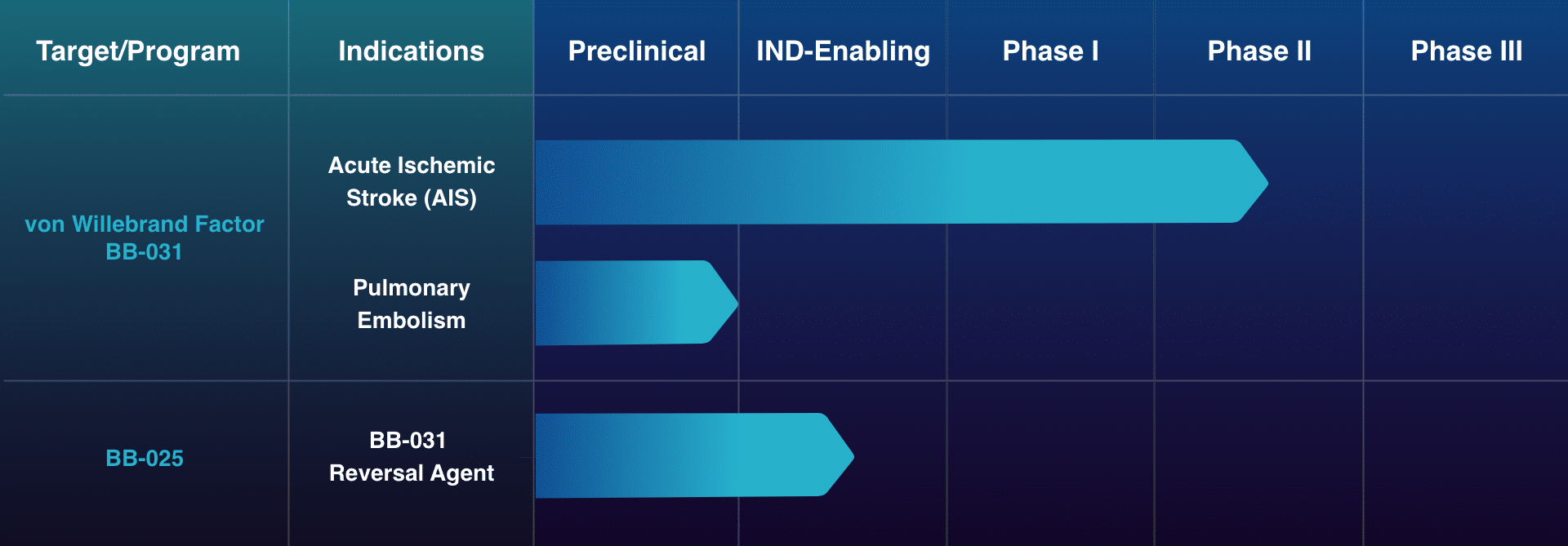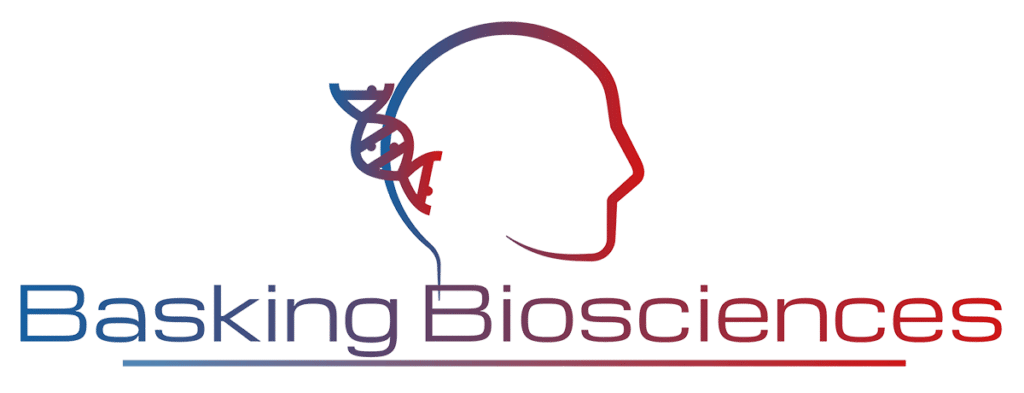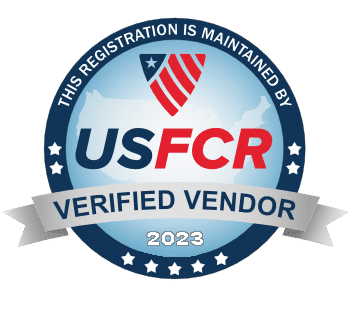Acute Thrombolysis Reimagined
Our mission is to revolutionize acute thrombosis treatment with a novel first-line therapy targeting von Willebrand Factor.
Beginning with acute ischemic stroke as our first indication, our first-in-class reversible RNA aptamer is designed to be safer, more effective, and greatly expand the population receiving acute revascularization therapy.
About Us
Purpose-built to address significant unmet need
Basking Biosciences was founded to solve the biggest need in acute thrombosis – for a rapid-onset, short-acting thrombolytic drug capable of reopening blocked arteries, and whose activity can be quickly reversed in the event of bleeding.
Our lead drug candidate, BB-031, is an RNA aptamer engineered to be the first reversible thrombolytic designed to be quickly neutralized using BB-025 in the event of a bleeding complication.
Our Science
Leveraging RNA aptamer technology to improve outcomes in ischemic stroke
Basking is developing the first reversible thrombolytic therapy for acute thrombosis.
Novel RNA Aptamer
Mechanism of Action
A Focused Pipeline
Paired therapeutics expanding access to acute revascularization
A Phase II clinical trial in patients with large vessel occlusion stroke will begin in 2024. BB-031 is also being evaluated in nonclinical models for the treatment of pulmonary embolism and other thrombotic complications.



